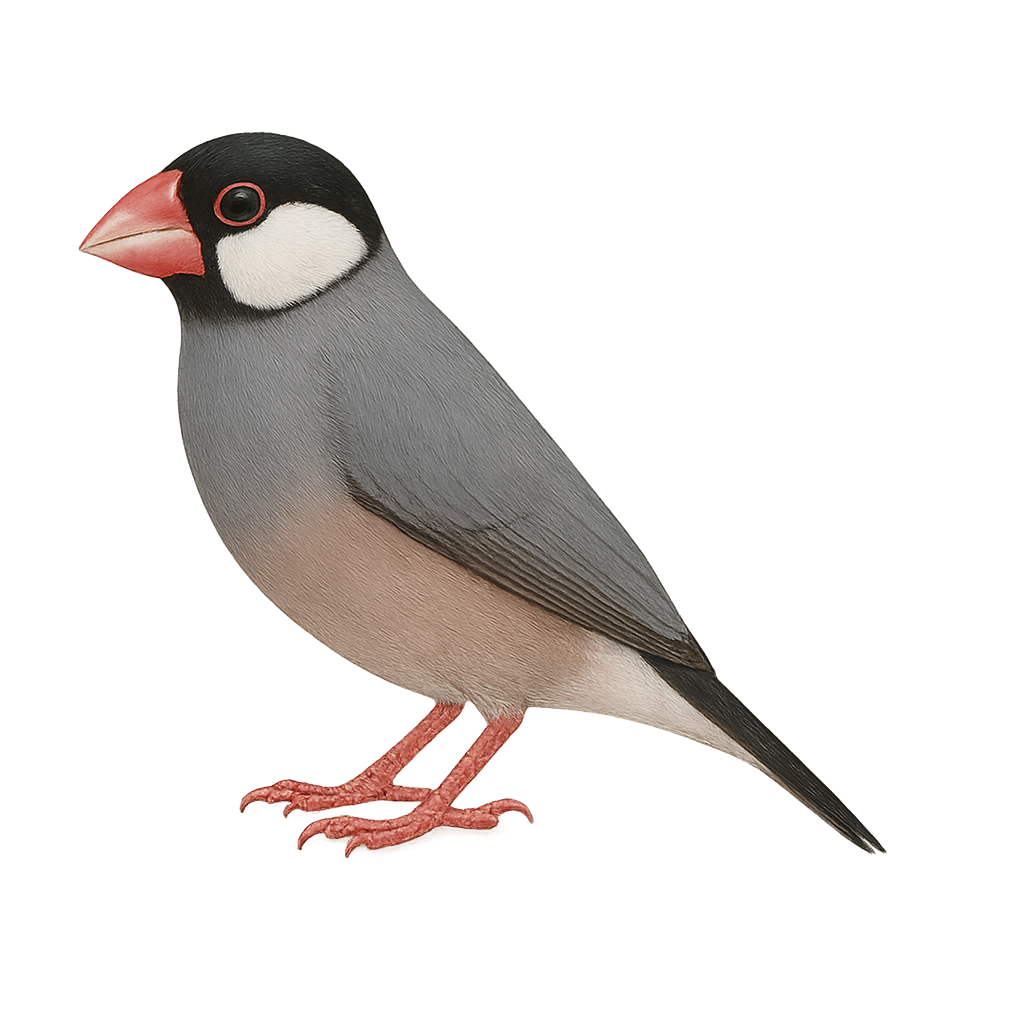Your wildlife photography guide.
Explore the java sparrow in detail, study its behavior, prepare your shots.
Where to observe and photograph the java sparrow in the wild
Learn where and when to spot the java sparrow in the wild, how to identify the species based on distinctive features, and what natural environments it inhabits. The WildlifePhotographer app offers tailored photography tips that reflect the java sparrow’s behavior, helping you capture better wildlife images. Explore the full species profile for key information including description, habitat, active periods, and approach techniques.
Java Sparrow
Scientific name: Padda oryzivora

IUCN Status: Vulnerable
Family: ESTRILDIDAE
Group: Birds
Sensitivity to human approach: Tolerant
Minimum approach distance: 5 m
Courtship display: April to May
Incubation: 13-15 jours
Hatchings: April to June
Habitat:
Rice fields, forests, savannas
Activity period :
Primarily active during the day, with peak activity in the morning and late afternoon.
Identification and description:
The Java Sparrow, or Padda oryzivora, is a small exotic bird native to Indonesia, particularly the islands of Java, Bali, and Bawean. It is easily recognizable by its pearl-gray plumage, black head, white cheeks, and bright pink beak. Measuring about 14 cm in length, this bird is often appreciated for its beauty and melodious song. In captivity, it is popular as a pet bird. In the wild, it lives in groups and primarily feeds on seeds, especially rice, which sometimes makes it a pest in rice fields. The Java Sparrow is a social bird that enjoys perching high and bathing regularly.
Recommended lens:
400 mm – adjust based on distance, desired framing (portrait or habitat), and approach conditions.
Photography tips:
To photograph the Java Sparrow, it is advisable to use a telephoto lens of at least 400mm to capture detailed images without disturbing the bird. Look for places where they gather, such as rice fields or fruit trees. Be patient and discreet, as although they are tolerant, a sudden movement can scare them away. Take advantage of the morning or afternoon light to get bright and natural colors.
The WildlifePhotographer App is coming soon!
Be the first to explore the best nature spots, track rutting seasons, log your observations, and observe more wildlife.
Already 1 439 wildlife lovers subscribed worldwide

